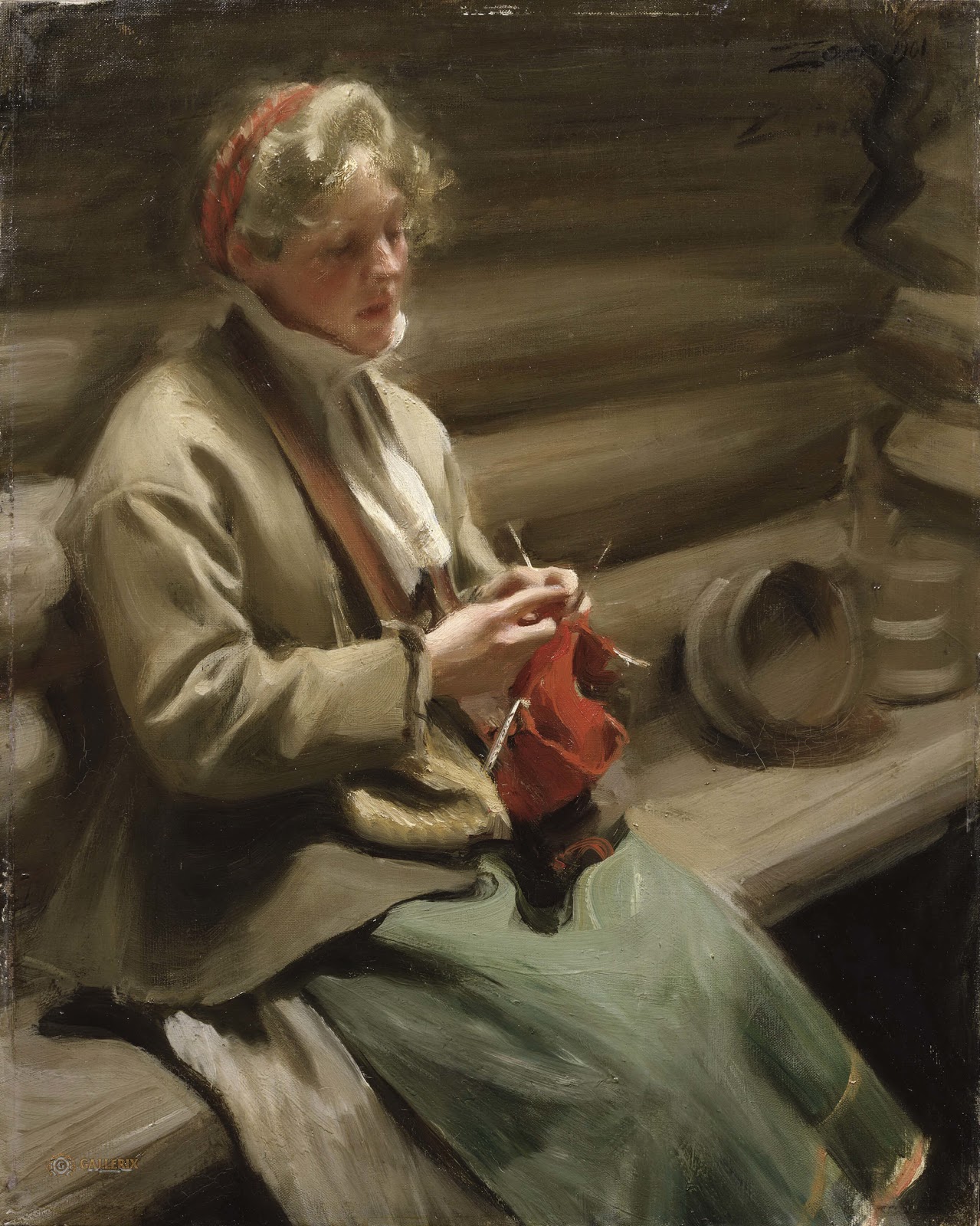

He painted portraits, especially of friends, and self-portraits, and in later life painted several landscapes. His commissioned works were mostly " history paintings", which included religious and mythological subjects, and hunt scenes. The catalogue of his works by Michael Jaffé lists 1,403 pieces, excluding numerous copies made in his workshop. In addition to running a large studio in Antwerp that produced paintings popular with nobility and art collectors throughout Europe, Rubens was a classically educated humanist scholar and diplomat who was knighted by both Philip IV of Spain and Charles I of England. Rubens specialized in making altarpieces, portraits, landscapes, and history paintings of mythological and allegorical subjects. His unique and immensely popular Baroque style emphasized movement, color, and sensuality, which followed the immediate, dramatic artistic style promoted in the Counter-Reformation. Rubens' highly charged compositions reference erudite aspects of classical and Christian history. He is considered the most influential artist of Flemish Baroque tradition. Sir Peter Paul Rubens (/ˈruːbənz/ Dutch: 28 June 1577 – ) was a Flemish artist.
WHO WAS A FAMOUS REFORMATION PORTRAIT PAINTER FULL
His fondness for the full figured woman has since spurned the term “Rubenesque,” which is still used in Dutch to refer to such women. Cambridge University also awarded him an honorary Master’s Degree.įour years after the death of his first wife, Rubens, who was 53 years old at the time, was married to a 16 year old named Helene Fourment, whom he used as model in many of his later paintings. He was knighted by both the Spanish monarch, Philip V, and the English King, Charles I. Between 16, he traveled between England and Spain, in attempts to create a truce between the two nations. Throughout his life, he was relied upon not only as a master painter, but one whose diplomat talents were required by many a court. His most famous students, friends and collaborators were Frans Snyders, Anthony van Dyck, and Jan Brueghel the Elder. This house has now become the Rubenshius Museum. In 1610, Rubens moved into the house that would become his studio, where he taught students and created most of his paintings. He returned to Antwerp upon his mother’s death in 1608, and remained there as a court painter for the Archduke of Austria, and received special privileges as both a painter and a court diplomat. He began his artistic apprenticeship at age fourteen and completed his education in 1598, when he became an independent master painter.ĭuring his career, Rubens traveled to Italy and Spain, and was influenced by the great works of Titian, Veronese, and Tintoretto, as well as Leonardo da Vinci, Raphael, and Michelangelo. His father was imprisoned for the affair and two years after his death, Peter and his family returned to Antwerp, in the Netherlands, and beginning at the age of twelve was raised as a Catholic. Jan Rubens, Peter Paul’s father, began a sordid affair with the woman to whom he was court advisor, Anna of Saxony. In 1568, his mother and father fled the Spanish Netherlands due to persecution of Protestants. Although he was raised as a Catholic and painted Counter-Reformation pieces f or the church, he was born into a Protestant family. A Flemish painter, Peter Paul Rubens’ Baroque style emphasized movement, sensuality and color.


 0 kommentar(er)
0 kommentar(er)
